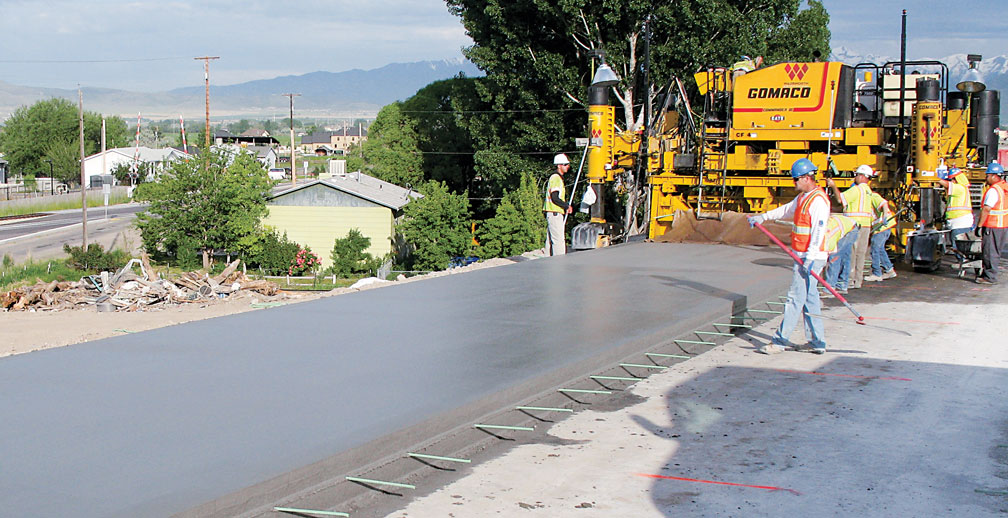Data from the petroleum corporation of Jamaica, suggests that renewable energy was responsible for 9% of the aforementioned total in 2009. Heavy fuel oil makes up the remaining total, with the high cost of crude on the world market, this makes Jamaica highly exposed to external shocks. In this regards, the aim of energy officials is to have 12.5% in installed renewable energy capacity by 2015/2016.
Wigton wind farm in south Manchester. Source of image: Jamaica Gleaner
This target seems plausible, as evident by recent pronouncements attributable to Science, Technology, Energy and Mining minister, Phillip Paulwell in the Jamaica Information Service (JIS). The minister suggests that, ground breaking on 78 megawatts of renewable energy capacity to take place by February of this year, and a completion date of March 2016. See the article for additional reading " Renewable Energy Projects To Add 78 Megawatts To National Grid".
A breakdown of the figure shows, 58 megawatts of additional wind power will augment what exists at wigton in Manchester. BMR wind Jamaica will add 34 megawatts of wind energy in Malvern, St Elizabeth. The petroleum corporation of Jamaica will add 24 megawatts of wind at the Manchester based, wigton wind farm. Additionally, WRB enterprises will build Jamaica's first solar photovoltaic plant, rated at 20 megawatts in Content Village, Clarendon.
The initial bidding round by the Office of Utilities Regulation (OUR), sought to secure 115 megawatts of renewable energy to add to the national grid. However, 78 megawatts of renewable energy was secured. Seeing that the aforementioned projects should be operational by Q1 2016, a new bidding round to secure additional renewable capacity should commence in the shortest possible time. As we need to make every effort to diversify Jamaica's energy mix, with renewable energy being a major contributor.
The long-term target of the energy ministry, is to have 20% renewable energy capacity on the local grid by 2030. However, minister Phillip Paulwell along with energy stakeholders insist that 30% is an achievable target, let's see what future brings.
References
http://www.pcj.com/dnn/RenewableEnergyPotential/tabid/171/Default.aspx
http://www.oldharbournews.com/index.php/business/item/301-jps-and-renewable-energy-providers-signed-historic-power-purchase-agreement/301-jps-and-renewable-energy-providers-signed-historic-power-purchase-agreement











